
Bachelor of arts is a bachelor's degree awarded for an undergraduate program in the arts, or, in some cases, other disciplines. A bachelor of arts degree course is generally completed in three or four years, depending on the country and institution.
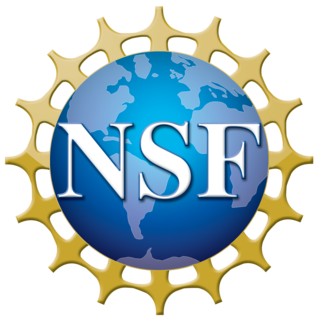
The National Science Foundation (NSF) is an independent agency of the United States government that supports fundamental research and education in all the non-medical fields of science and engineering. Its medical counterpart is the National Institutes of Health. With an annual budget of about $8.3 billion, the NSF funds approximately 25% of all federally supported basic research conducted by the United States' colleges and universities. In some fields, such as mathematics, computer science, economics, and the social sciences, the NSF is the major source of federal backing.
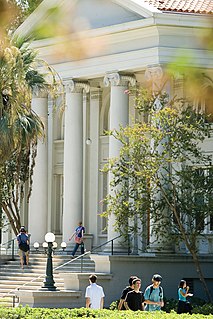
Undergraduate education is education conducted after secondary education and before postgraduate education. It typically includes all postsecondary programs up to the level of a bachelor's degree. For example, in the United States, an entry-level university student is known as an undergraduate, while students of higher degrees are known as graduate students. Upon completion of a number of required and elective courses as part of an undergraduate program, the student would earn the corresponding degree. In some other educational systems, undergraduate education is postsecondary education up to the level of a master's degree; this is the case for some science courses in Britain and some medicine courses in Europe.
An associate degree is an undergraduate degree awarded after a course of post-secondary study lasting two to three years. It is a level of qualification above a high school diploma, GED, or matriculation, and below a bachelor's degree.

Truman State University is a public university in Kirksville, Missouri. It had 4,225 enrolled students in the fall of 2021 pursuing degrees in 52 undergraduate and 11 graduate programs.
The Carnegie Classification of Institutions of Higher Education, or simply the Carnegie Classification, is a framework for classifying colleges and universities in the United States. It was created in 1970 by the Carnegie Foundation for the Advancement of Teaching. Indiana University's Center for Postsecondary Research manages the classification system with the exception of the voluntary Classification on Community Engagement which is managed by the Public Purpose Institute at Albion College. The framework primarily serves educational and research purposes, where it is often important to identify groups of roughly comparable institutions. The classification includes all accredited, degree-granting colleges and universities in the United States that are represented in the National Center for Education Statistics Integrated Postsecondary Education Data System (IPEDS).
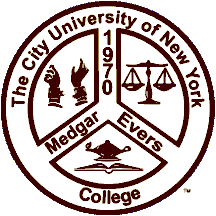
Medgar Evers College is a public college in New York City. It is a senior college of the City University of New York (CUNY), offering baccalaureate and associate degrees. It was officially established in 1970 through cooperation between educators and community leaders in central Brooklyn. It is named after Medgar Wiley Evers, an African American civil rights leader who was assassinated on June 12, 1963.

St. Catherine University is a private Catholic university in Saint Paul, Minnesota. It was established as one of the first institutions of higher learning specifically for women in the Midwest and was known as the College of St. Catherine until 2009. St. Kate's offers baccalaureate programs for women, plus graduate and associate programs for women and men.

Sandhills Community College is a public community college in Pinehurst, North Carolina. Sandhills was chartered in 1963, and officially opened October 1, 1965. It was the first comprehensive community college authorized and established as the result of legislation passed by the 1963 General Assembly of North Carolina. It is part of the 58-campus North Carolina Community College System. Sandhills Community College has approximately 4,000 students enrolled in college-credit curriculum courses and over 11,000 students who take continuing education courses annually.
Mathematics, Engineering, Science Achievement (MESA) is an academic preparation program for pre-college, community college and university-level students. Established in 1970 in California, the program provides academic support to students from educationally disadvantaged backgrounds throughout the education pathway so they will excel in math and science and ultimately attain four-year degrees in science, technology, engineering or math (STEM) fields. The program has successfully been replicated in over a dozen other states.
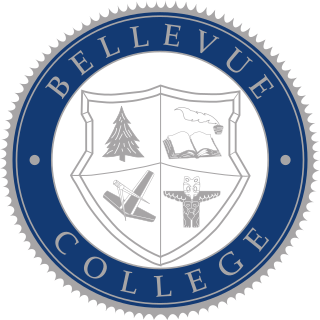
Bellevue College (BC) is a public college in Bellevue, Washington, United States. It is the largest of the 34 institutions that make up the Washington Community and Technical Colleges system and the third-largest institution of higher education overall in the state.
Science, technology, engineering, and mathematics (STEM) is a broad term used to group together these academic disciplines. This term is typically used to address an education policy or curriculum choices in schools. It has implications for workforce development, national security concerns and immigration policy.
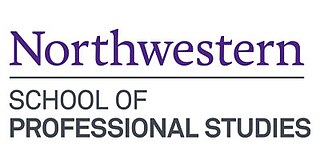
The Northwestern University School of Professional Studies (SPS) is one of twelve schools comprising Northwestern University, with campuses in Evanston and Chicago, Illinois. The school was founded in 1933 under its original name of "University College."
The America Creating Opportunities to Meaningfully Promote Excellence in Technology, Education, and Science Act of 2007, or America COMPETES Act, was authored by Bart Gordon, and became law on August 9, 2007, when it was signed by President George W. Bush. This was an act "[t]o invest in innovation through research and development, and to improve the competitiveness of the United States".
In the United States, community colleges are primarily two-year public institutions of tertiary education. Community colleges also offer remedial education, GEDs, high school diplomas, technical degrees and certificates, and a limited number of 4-year degrees. After graduating from a community college, some students transfer to a four-year college or university to continue their studies. Community college is tuition free for selected students in 47 states, often under the name College Promise. Most community college instructors have advanced degrees, but serve as part-time low wage employees.
NASA Alumni League is a U.S. organization that supports people that have worked for or at NASA or its predecessor NACA, to stay connected, and to "support the nation's space programs with technical expertise, educational outreach, and financial contributions to STEM organizations." The organization operates across the nation, also with state chapters that allow patrons to network locally. Three goals of NAL in the early 21st century were to "communicate with the NASA community", "to aid the NASA community with its comprehension of engineering and science, and "encourage members to participate in community service and in turn, encourage a dedication to the pursuit of scientific knowledge that benefits all humankind. " NAL is not part of NASA or the U.S. government, it is a non-profit organization founded in 1986.
A high school diploma or high school degree is a North American academic school leaving qualification awarded upon high school graduation. The high school diploma is typically obtained after a course of study lasting four years, from grade 9 to grade 12. The diploma is awarded by the school in accordance with the requirements of the local state or provincial government. Requirements for earning the diploma vary by jurisdiction, and there may be different requirements for different streams or levels of high school graduation. Typically they include a combination of selected coursework meeting specified criteria for a particular stream and acceptable passing grades earned on the state exit examination.
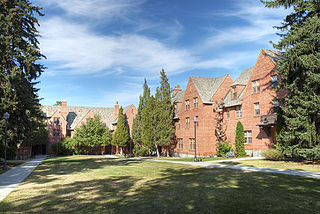
The Honors College at Montana State University provides opportunities for students to study, conduct research, and exchange ideas in a challenging and supportive academic environment. In addition to learning from outstanding faculty members, honors students can attend special Honors seminars, take interdisciplinary Honors courses, and engage in independent study and research opportunities.
The Society for Advancement of Chicanos/Hispanics and Native Americans in Science (SACNAS) is a society that aims to further the success of Chicano/Hispanic and Native American students in obtaining advanced degrees, careers, leadership positions, and equality in the STEM field. Founded in 1973, SACNAS has over 20,000 members and 110 chapters on college campuses across the United States and United States held territories. SACNAS began in junior and high schools through graduate and undergraduate programs with the purpose of mentoring students of minority backgrounds. The society does not discriminate against any group, and benefits African American, Asian American, and white students, as well as those who are in the social sciences. In the past decade alone, SACNAS has experienced major growth. The society experienced an increased participation rate of 40% for their annual conferences between 2005 and 2010, while jumping from 32 to 50 chapters on college campuses across the nation between 2007 and 2010. The society's revenue increased as well, moving from $2.3 million to $3.8 million from 2007 to 2010, a total growth of 65%. SACNAS is the largest multicultural STEM diversity organization in the US.

The National Center for Science and Engineering Statistics (NCSES) is one of the thirteen principal statistical agencies of the United States and is tasked with providing objective data on the status of the science and engineering enterprise in the U.S. and other countries. NCSES sponsors or co-sponsors data collection on 15 surveys and produces two key publications: Science and Engineering Indicators, and Women, Minorities, and Persons with Disabilities in Science and Engineering. Though policy-neutral, the data and reports produced by NCSES are used by policymakers when making policy decisions regarding STEM education and research funding in the U.S.










